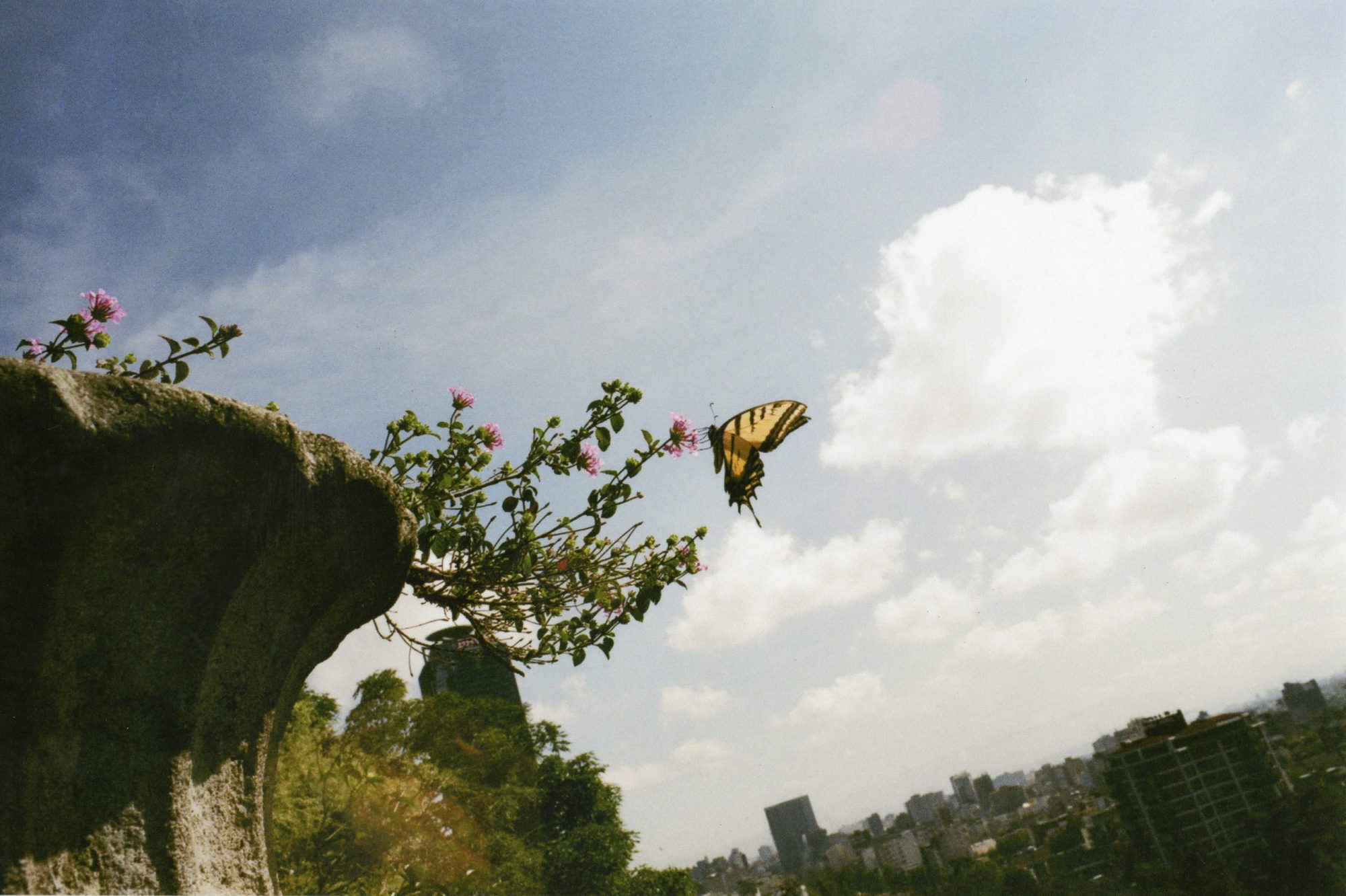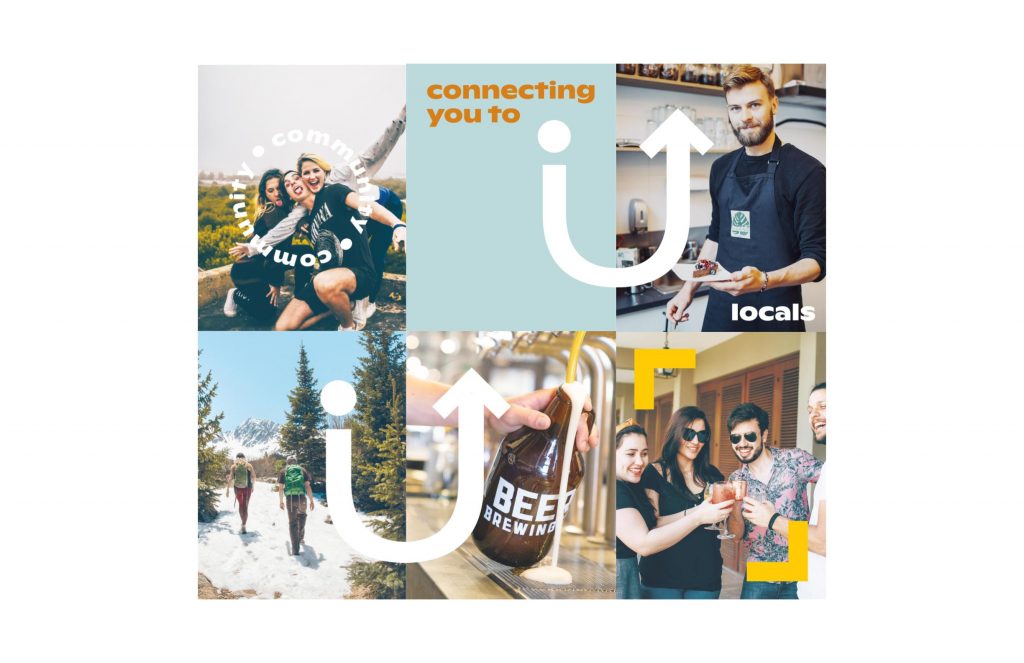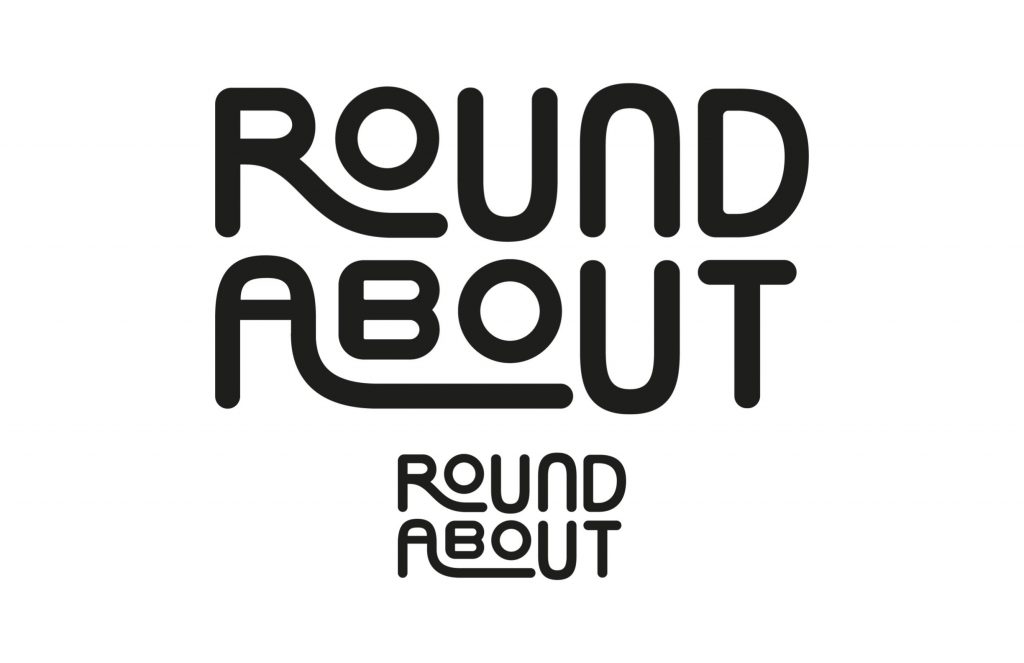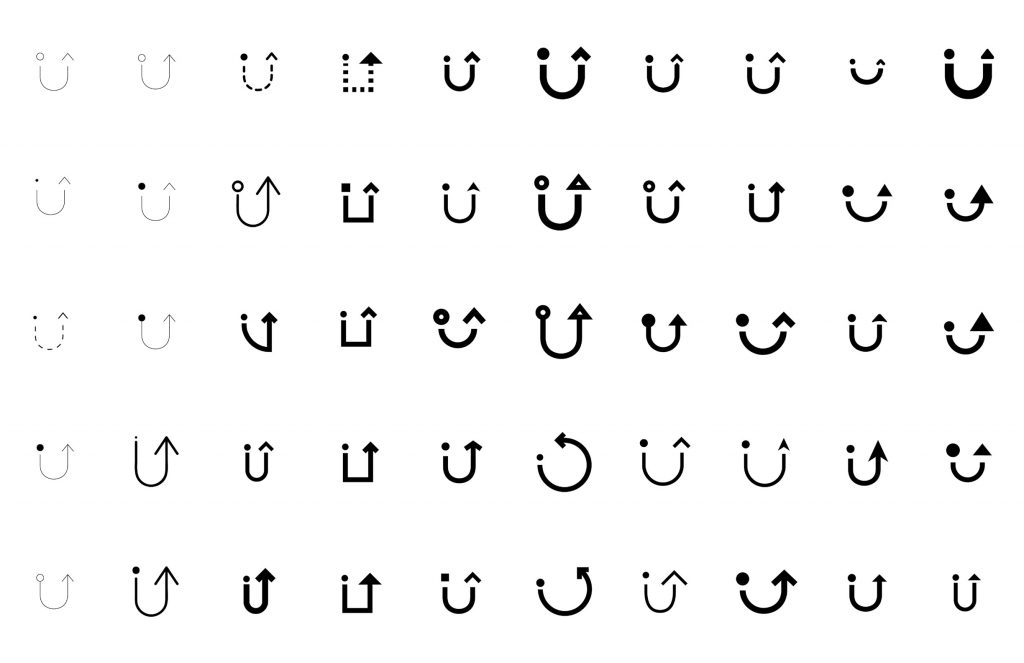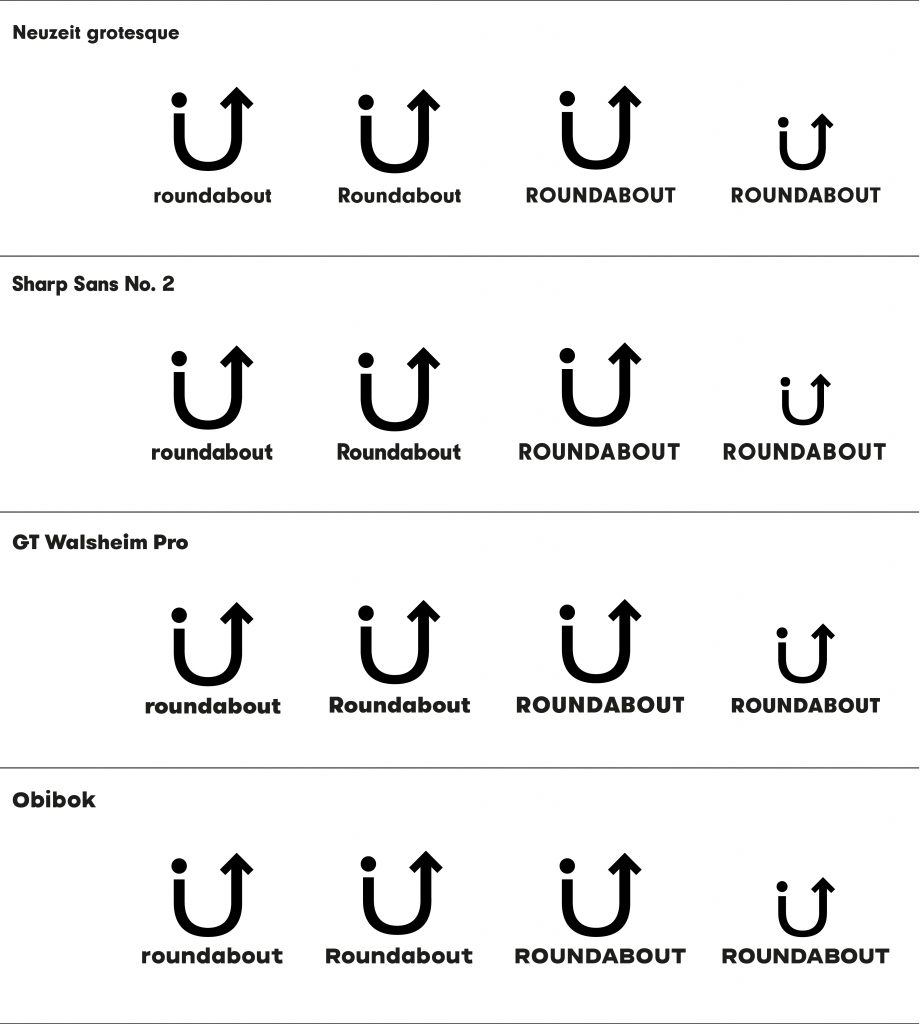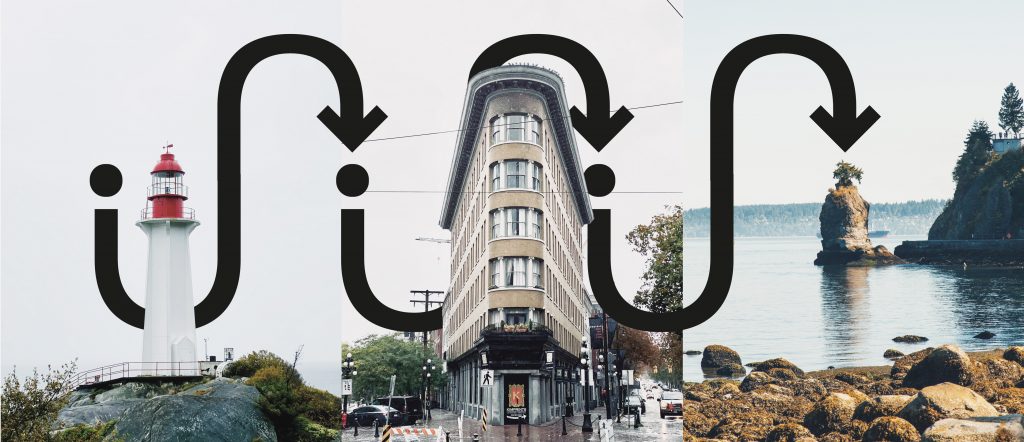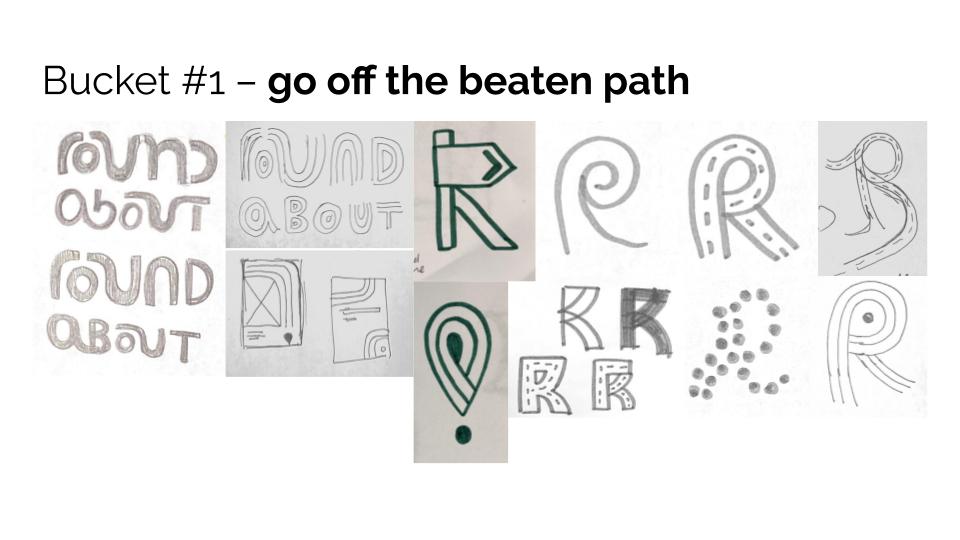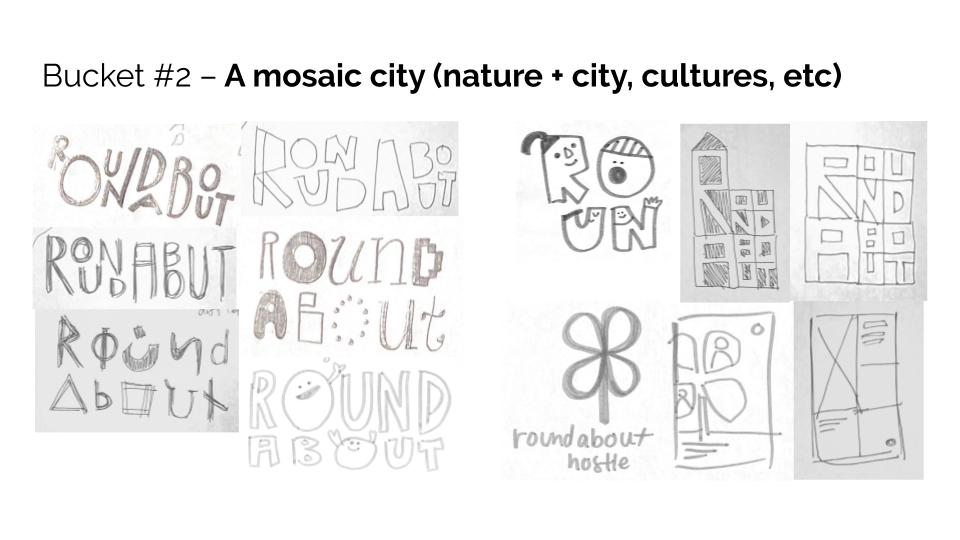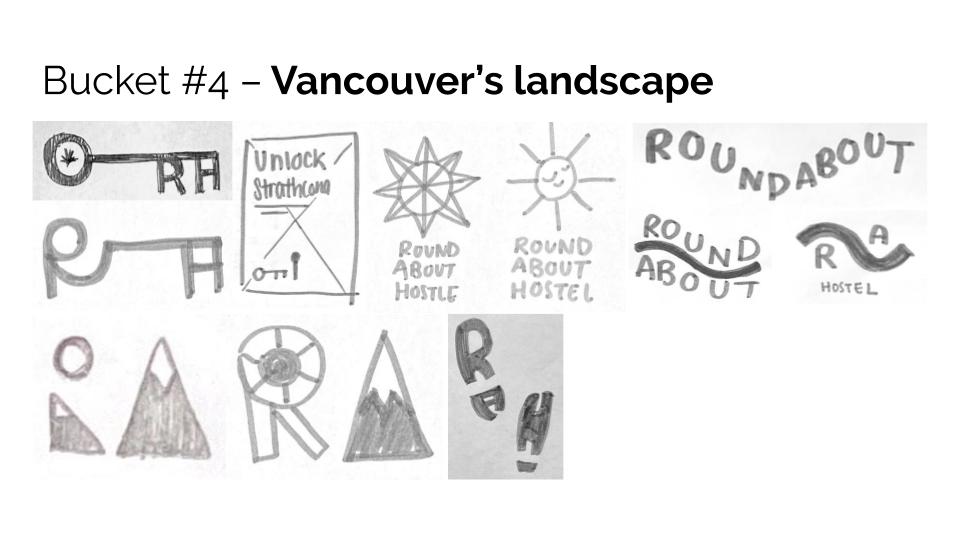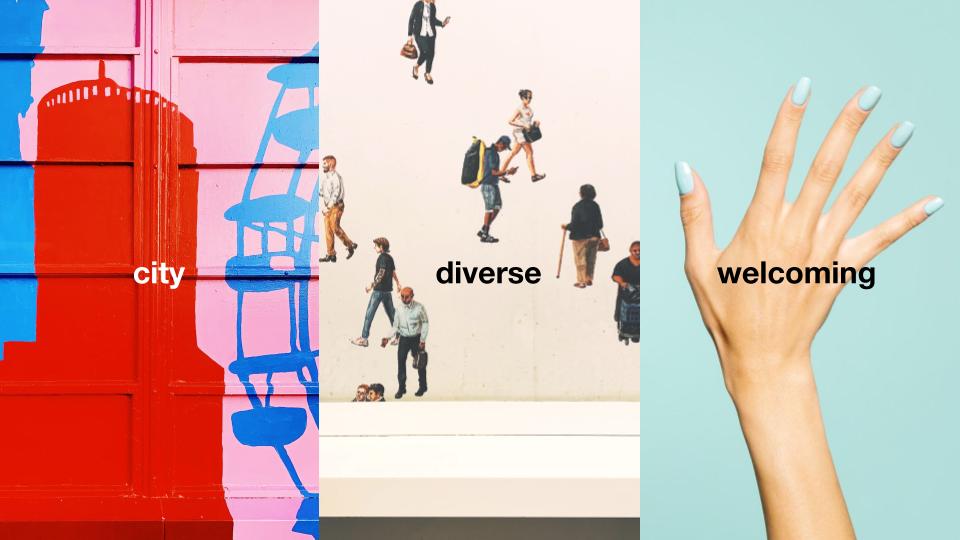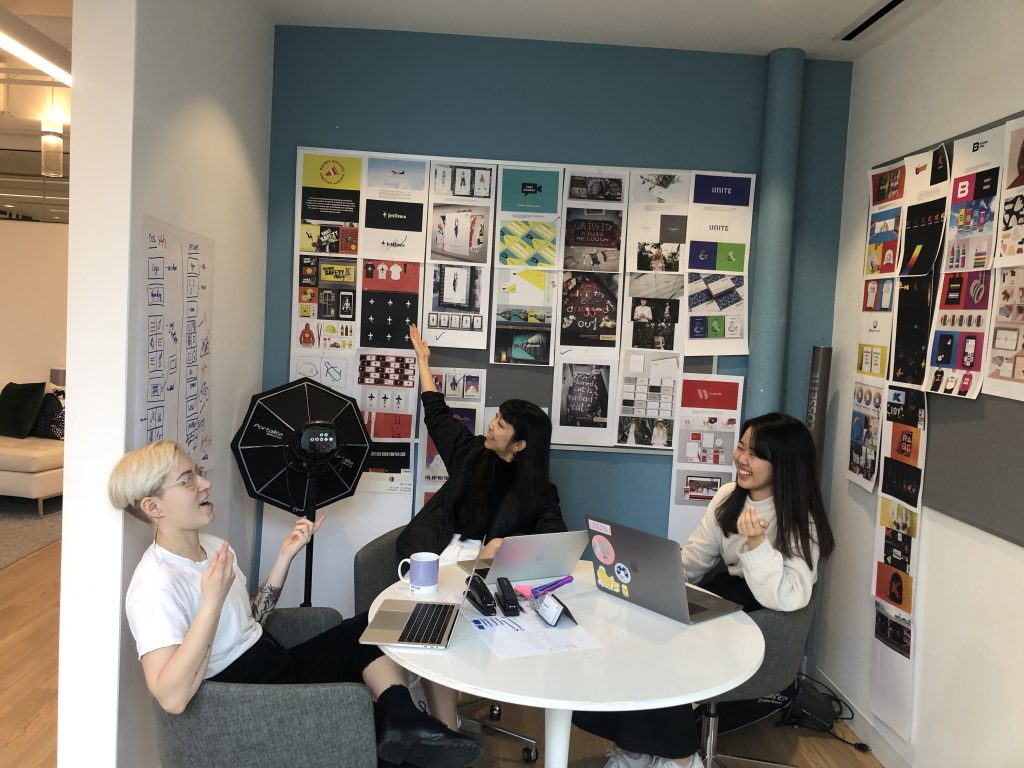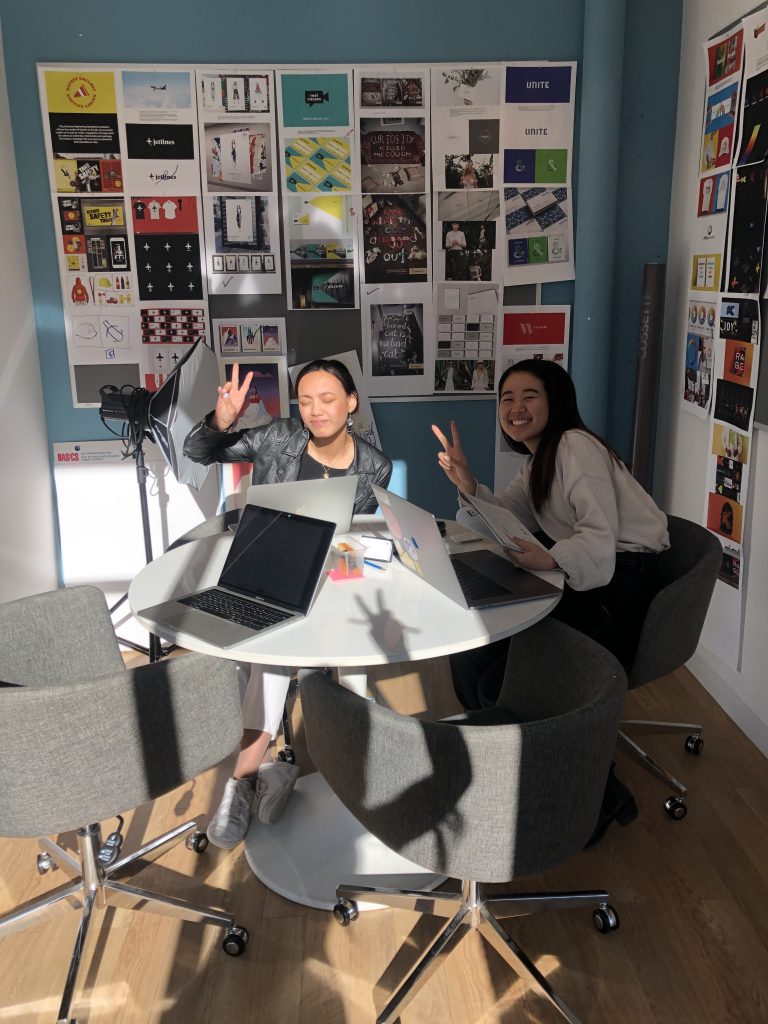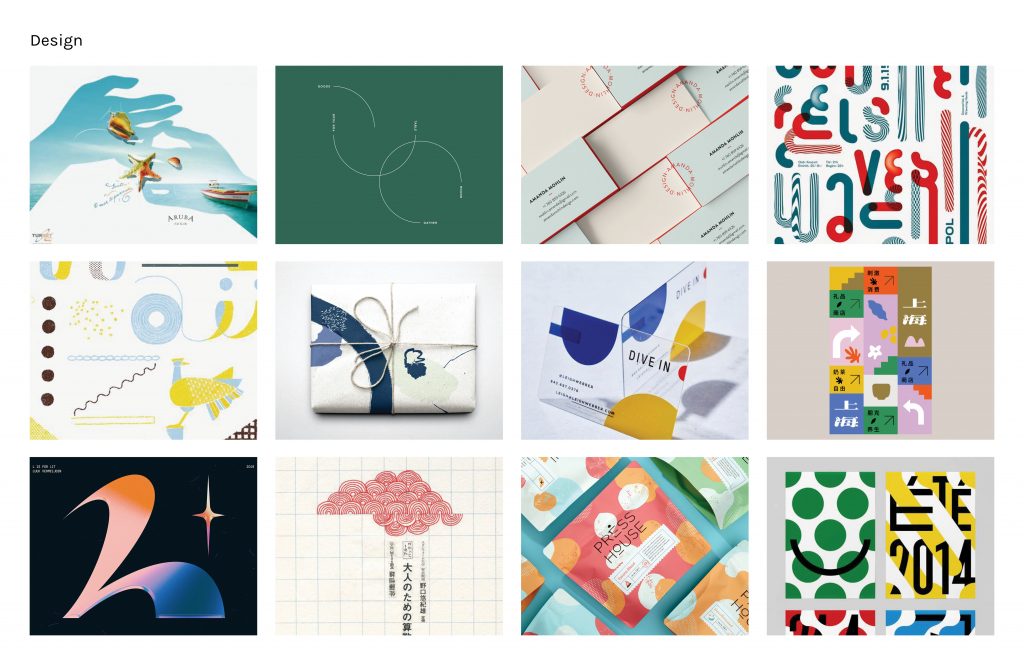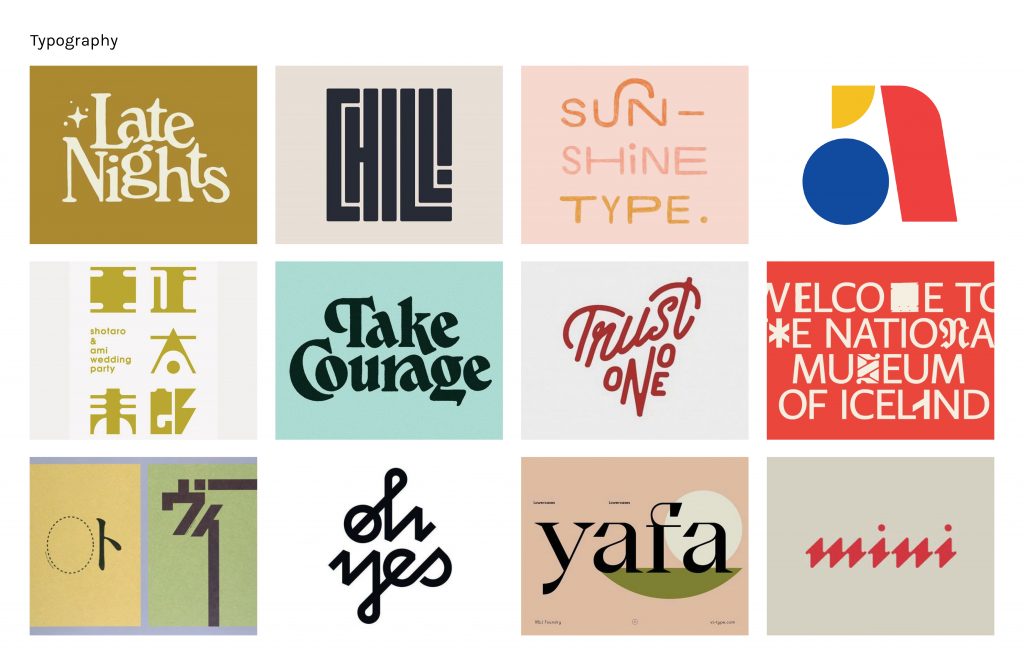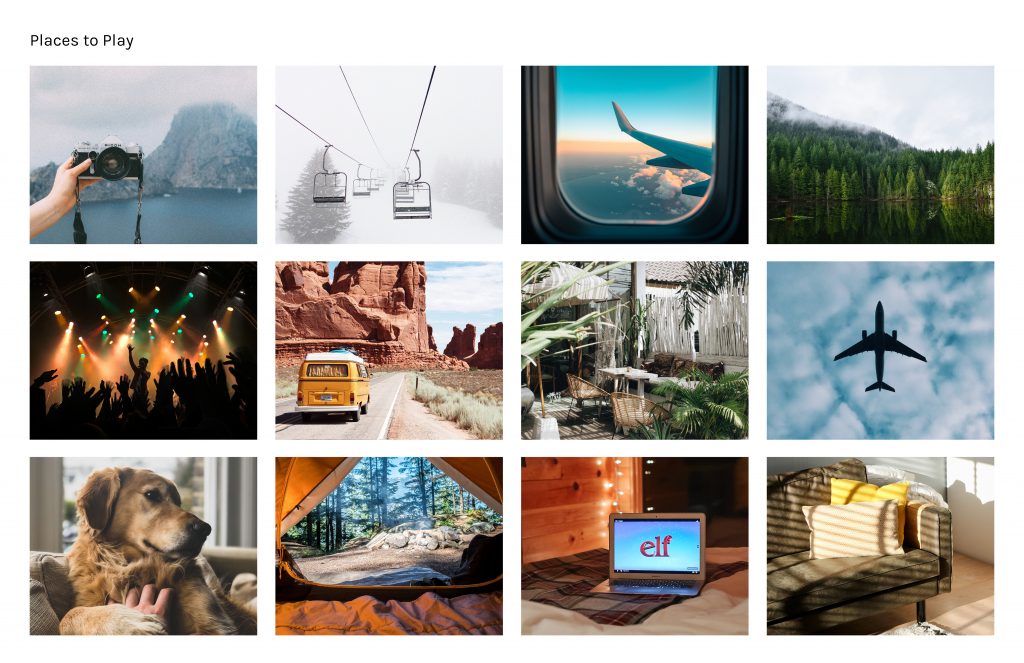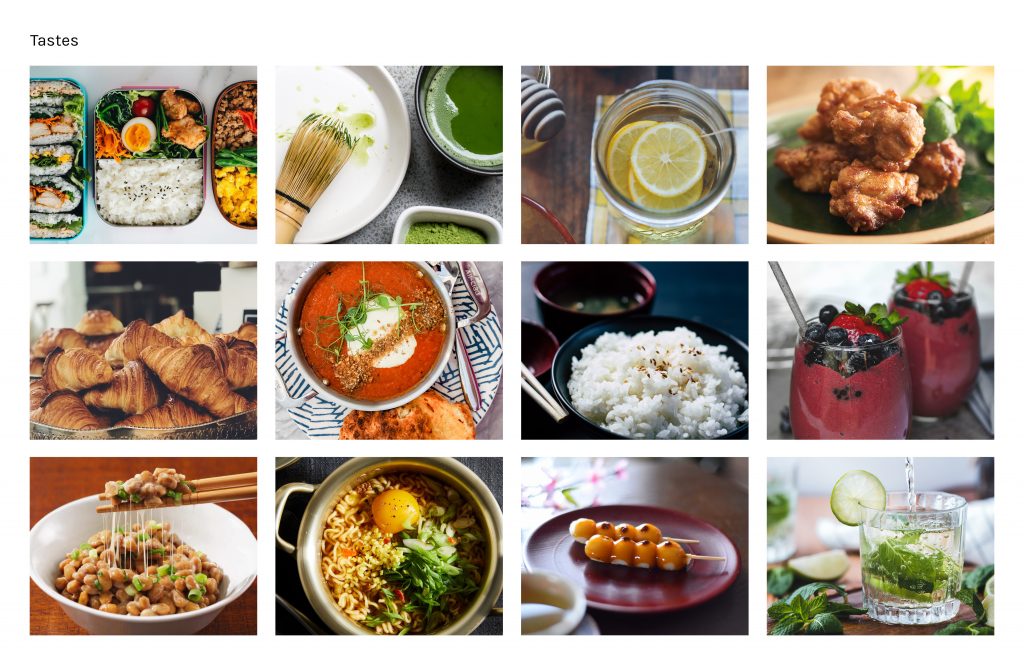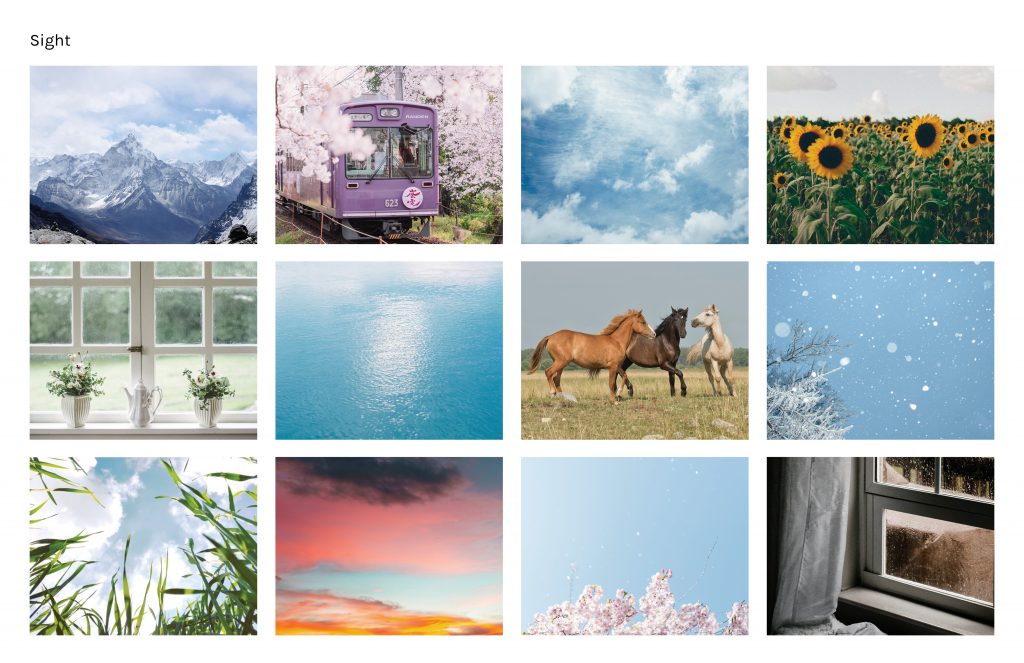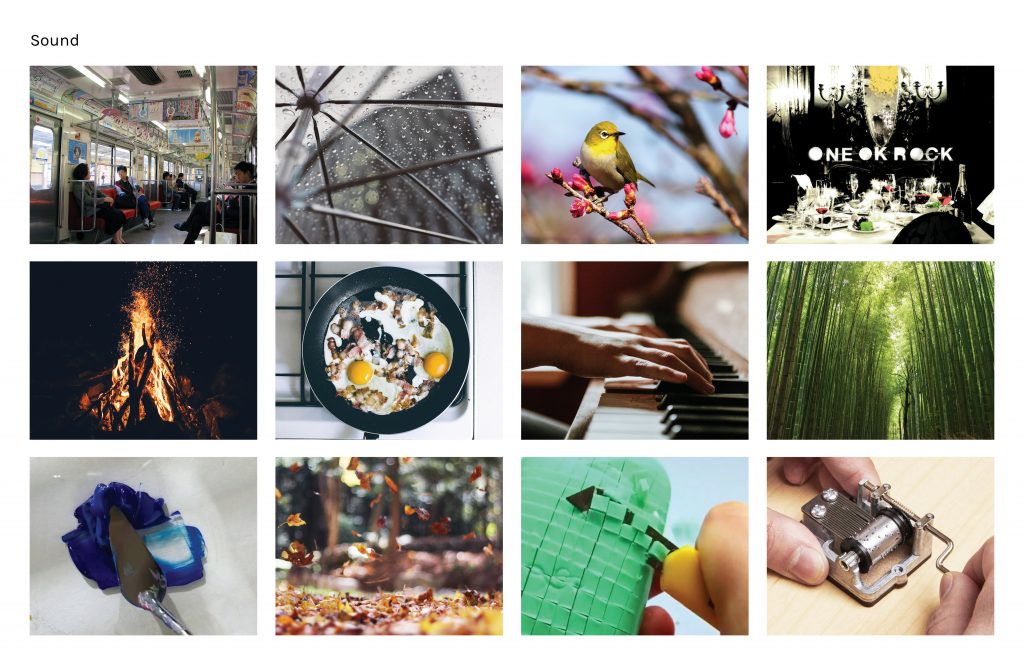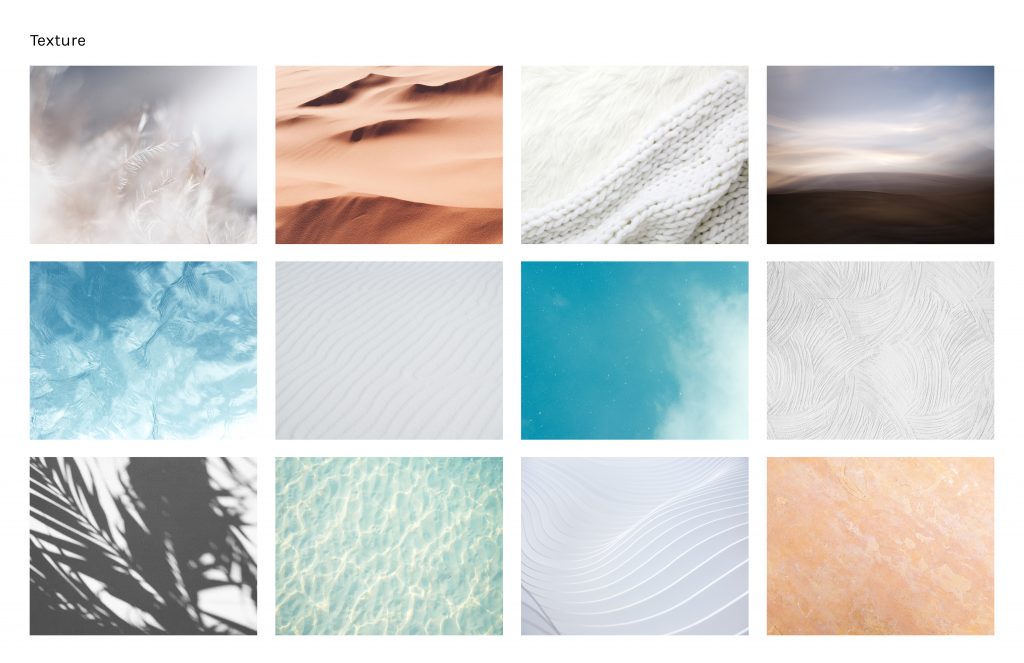Phase 5: Grading/Report/Evaluation
This whole mentorship was an amazing experience, and I can’t thank Car, Janice, and Shanene enough for dedicating their time to mentor me! I’ve learned so much in the span of 1.5 months, and it’s crazy how fast it went by.
The main thing I learned through this mentorship, and something I hope to further continue to work on is to push out lots and lots of content. Whether it is logo sketches or digital explorations, seeing a lot of variation can really help the process of weeding out the bad, and finding the good.
Another big thing I realized is my weakness in presenting. Although in this case, it could’ve been just a lack of preparedness on my behalf, as I have a tendency to work hard on my deliverables up until the day before the presentation, which leaves me with no energy to focus on my presentation. I think proper time management could fix this for me in the future, allocating time to practice, rehearse, and revise the presentation.
I really enjoyed working with industry creatives during this mentorship, and I think this was one of the most valuable experiences I had so far in the program. I was definitely nervous at the beginning, as I really didn’t want to disappoint my mentors, but all three of them were so nice and supportive that I felt a lot more comfortable after the first meeting!
I had a fun time during the first few weeks as well when I was working in the office on Mondays, and after that experience, I think I realized that I would want to work in an agency setting, rather than freelance as I really liked the office culture and being able to work with a variety of people. I really appreciated that Car pushed me to keep going throughout this whole mentorship, even though I struggled through some phases where I thought I couldn’t execute anymore. It was also nice getting to know the IDEA grads, Shanene and Janice, who talked to me about their about post-grad life and transitioning to the workforce!
I’m excited to work on this project this summer, to really perfect and tighen it for fourth-year portfolios!
